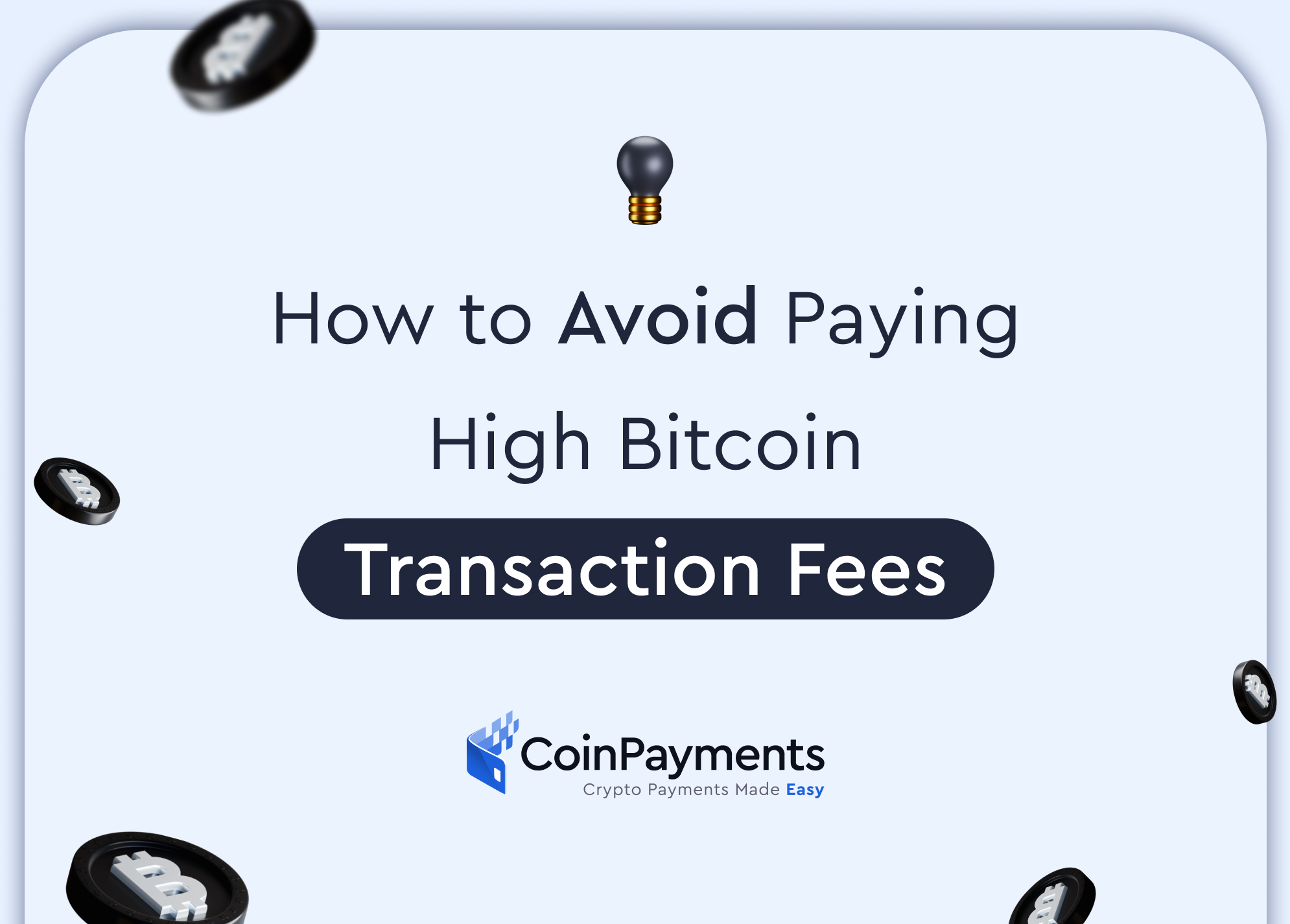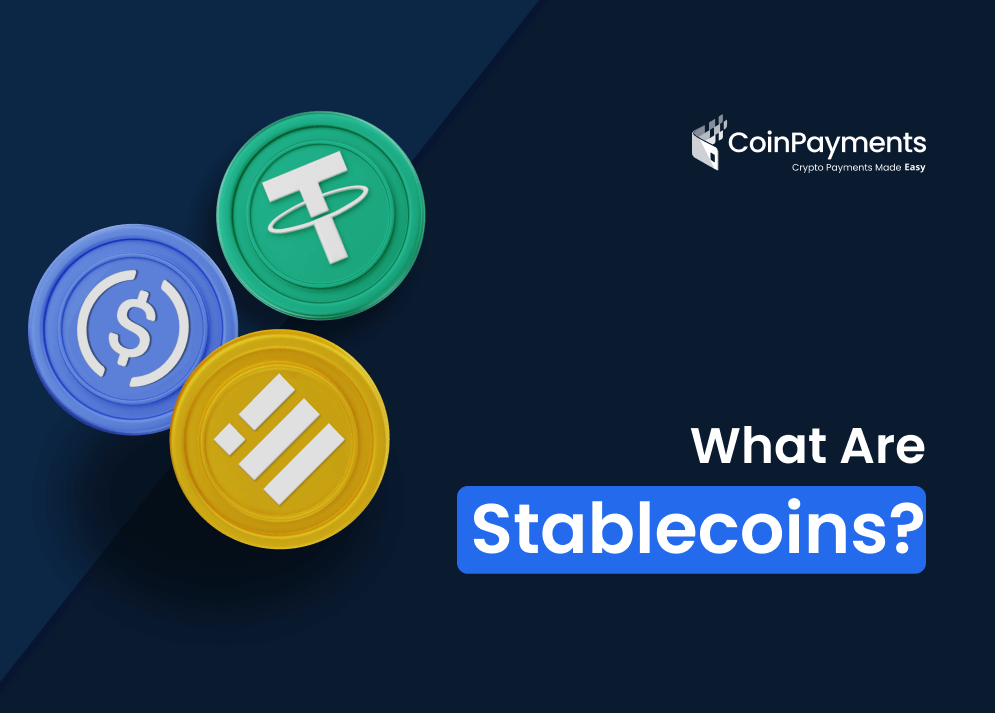
Bitcoin or BTC may be the most popular cryptocurrency globally, but many merchants are hesitant to accept it from their customers because of one costly element: high Bitcoin transaction fees. These high fees fluctuate regularly and have historically reached peaks of well over $25.
So, how can you avoid paying high Bitcoin transaction fees while offering your customers maximum payment flexibility? It turns out there are multiple ways to keep costs low and still accept crypto tokens like Bitcoin. Let’s break down these ways in detail.
Pick the Right Payment Gateway/POS Platform
Firstly, make sure you choose the ideal crypto payment gateway or POS platform, especially if you are a business owner. Certain crypto payment gateways and processors will charge various fees for their services.
For example, some POS or gateway providers charge transactional fees only instead of also charging the cost of the tokens you accept/use. These are based on your total business sales percentages rather than the actual transaction prices for tokens like Bitcoin. In this way, it might be cheaper to go with a POS platform or payment gateway that charges a high monthly fee if they don’t add the Bitcoin transaction fee on top.
Even better, choosing a stable payment gateway or POS platform with a regular fee will help you budget your business expenses more steadily. You’ll always know what you’ll pay for your crypto gateway or POS platform, rather than have to deal with the constantly fluctuating Bitcoin transaction fees.
Batch Your Transactions
Next, you can avoid paying high Bitcoin transaction fees by batching your transactions instead of giving them to the blockchain one at a time. When you combine multiple payments or transactions into a single operation, you’ll save space on the Bitcoin network. This may reduce your per-transaction fee by quite a bit.
This is one of the most common money-saving actions among Bitcoin merchants or eCommerce store owners who regularly accept Bitcoin from their customers.
While this means your transactions won’t be recorded immediately, it will help you save money in the long run and keep transaction costs down for everyone on the Bitcoin blockchain network.
Submit Your Charges at the Right Time
As noted below, Bitcoin transaction fees fluctuate heavily. During high traffic periods of the day or week, transaction fees are usually highest. Therefore, logic suggests that you can avoid paying high Bitcoin transaction fees by submitting your charges during “downtime.”
Again, you trade immediacy for cost-effectiveness with this tip. But if you follow the above advice and also batch your transactions, you can get into the habit of batching your transactions and submitting them at a single time each day for the lowest possible transaction cost.
Enter Custom Fees
Bitcoin’s network allows users to enter a custom transaction fee, which enables you to incentivize the Bitcoin network’s miners to prioritize your transactions. Of course, you can also go the opposite route and enter a custom, low fee for your transaction.
This will save you money, but keep in mind that it means miners will likely process your transaction last on their list. The reverse is true if you offer a high transaction fee to miners. High custom fees mark your orders as high-priority transactions on the Bitcoin mining network.
It may be a good idea to look at the fee market to determine what a “cheap” or expensive fee might be, especially during a traffic jam or rush when there are a lot of transactions in need of verification.
Consider Accepting Lightning Transactions
The Lightning Network is an unproven but potentially excellent new network that sits atop the core Bitcoin network. In a nutshell, this may help the network support more transactions overall, relieving the congestion at the heart of high Bitcoin transaction fees.
For example, you might find an average Bitcoin transaction with a fee of $25. The same transaction on the Lightning Network may only cost a fraction of a cent.
Unfortunately, you’ll need to see whether your wallet supports Lightning transactions. More popular wallets like those from Blockchain.com or Coinbase, for instance, don’t. If you want to take advantage of this new network, you may need a new wallet instead.
Not everyone accepts transactions from the Lightning Network, as it is still being fully developed and implemented.
Choose the Right Exchange
Like how choosing the ideal payment gateway or platform can save you on fees, so can choosing the right cryptocurrency exchange. Some exchanges have low fees, while others have high fees in exchange for taking care of any specific crypto token fees you may encounter.
Depending on which crypto tokens you use most frequently, this could be profitable.
For example, if you pick a crypto exchange with a high monthly fee but purchase using Bitcoin, you can save money by using that same crypto exchange.
Use a Scaling Tech Wallet
Lastly, you might be able to avoid paying higher than average Bitcoin transaction fees by using specific wallets that include scaling technology.
These allow you to benefit from modern Bitcoin “SegWit” transactions. These transactions may charge fees up to 30% less than legacy Bitcoin transactions.
So you want to find a wallet that can facilitate SegWit transactions. Make sure that you select SegWit as an option when creating or purchasing a new Bitcoin wallet. You might see a 30% discount on all your transfers.
How Are Bitcoin Fees Determined?
Generally, Bitcoin transaction fees are set based on how much data volume is included in a transaction and the general traffic or congestion of the broader network.
Each Bitcoin block in a blockchain can contain only 4 MB of data on its block space before a new block is needed. Thus, there’s a limit on transactions included in a block; and fees are incurred on a per-byte basis.
If the transaction is large, it will take up more block data and slow everything down. So larger transaction confirmations incur higher fees (and more computational power.). If the type of transaction is smaller, the fee will be lower.
Similarly, as the number of transactions increases, there’s more demand for miners to validate multiple blocks. This demand raises the transaction fee price, increasing the block reward for miners.
This also means that, during slow times when there aren’t a lot of transactions coming through, you’ll usually see lower fees for Bitcoin.
Why Is There A Bitcoin Fee?
Bitcoin fees have been around since the coin’s inception – they’re Satoshi’s idea. In addition, other crypto coins, like Ethereum (ETH), Litecoin (LTC), Bitcoin Cash (BH), and more have their fees to pay for the same reasons described below. Bitcoin isn’t unique in this regard.
In short, Bitcoin has transaction fees for two major reasons:
- To incentivize miners to validate transactions on the blockchain
- To help pay for Bitcoin infrastructure, like servers and other hardware
Now that Bitcoin is popular, Bitcoin transaction fees can fluctuate from as little as a few cents up to $25 or more (which is more common). Bitcoin fees will never go away, so long as there is a limited labor pool for validating new transactions to be added to the blockchain.
Bitcoin fees are necessary to ensure that the secure network remains decentralized and protect the blockchain’s informational fidelity and accuracy.
A History Of Transaction Fees
Bitcoin may be known now for its relatively high transaction fees, but this wasn’t always the case. In fact, Bitcoin transaction fees were as low as $.18 in May 2016.
However, they started rising in May 2017, going all the way up to $4.11 per transaction. August 2017 saw another increase up to $7.01 per transaction, followed by a brief dip to $2.09 per transaction.
Things quickly rose once again, however, and in December 2017, the price per Bitcoin transaction went all the way to $25.84. Following the crash of Bitcoin over the next year, it took until April 2021 for the price per transaction to rise to its previous heights and surpass them.
In April 2021, the price per Bitcoin transaction was $28.06 on average, at the top of Bitcoin’s popularity and a major bull run in the crypto market.
These days, the price per transaction, on average, is around $2 or so. But keep in mind that this can and does spike periodically as traffic increases and Bitcoin’s network is used more.
Furthermore, fees are going down since legacy transactions are becoming less common.
Conclusion
As you can see, it’s a good idea to have a way to minimize Bitcoin transaction fees, especially if you’re a merchant trying to maximize your profits.
Fortunately, CoinPayments makes it easy to accept Bitcoin at your online store, keep track of Bitcoin’s transaction prices and exchange your crypto tokens for coins or fiat currency.
Even better, we offer a plethora of merchant tools for business owners just like you to make the most of this exciting new form of digital currency.
Sign up for CoinPayments today and see how we can help your business thrive in the crypto economy.



